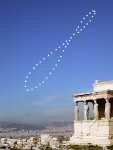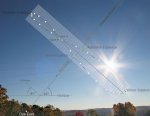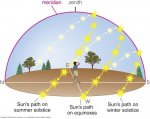Would you please describe those inaccuracies? It is easy to claim someone who disagrees with you is wrong.
But
those who seek wisdom desire to understand how they are wrong. Therefore, if the flat earth is the better explanation for the truth of the world around us, it is the responsibility of those who promote it to "enlighten" those who are "deceived" into accepting a "scientific" (newtonian) worldview.
If no effort is made to justify ones assertions of a flat earth, then those who process life rationally and logically cannot accept it. (Myself included.)
Therefore, I ask again,
what is the purpose of you making the assertion that the world is flat?
Do you truly believe the earth is flat? If so,
can you give any scientific evidence of your belief? (For instance, describe the "inaccuracies" you mentioned.)
Is the purpose of your original post to share the "truth" you believe and help lead others from deception? Then prove it.
Or do you know better and have some other reason for making such a silly claim?











